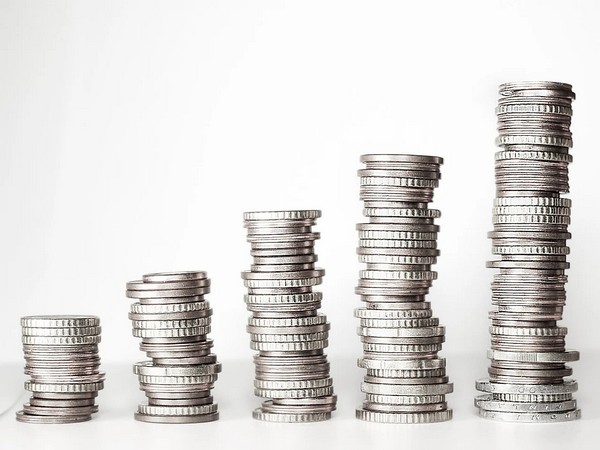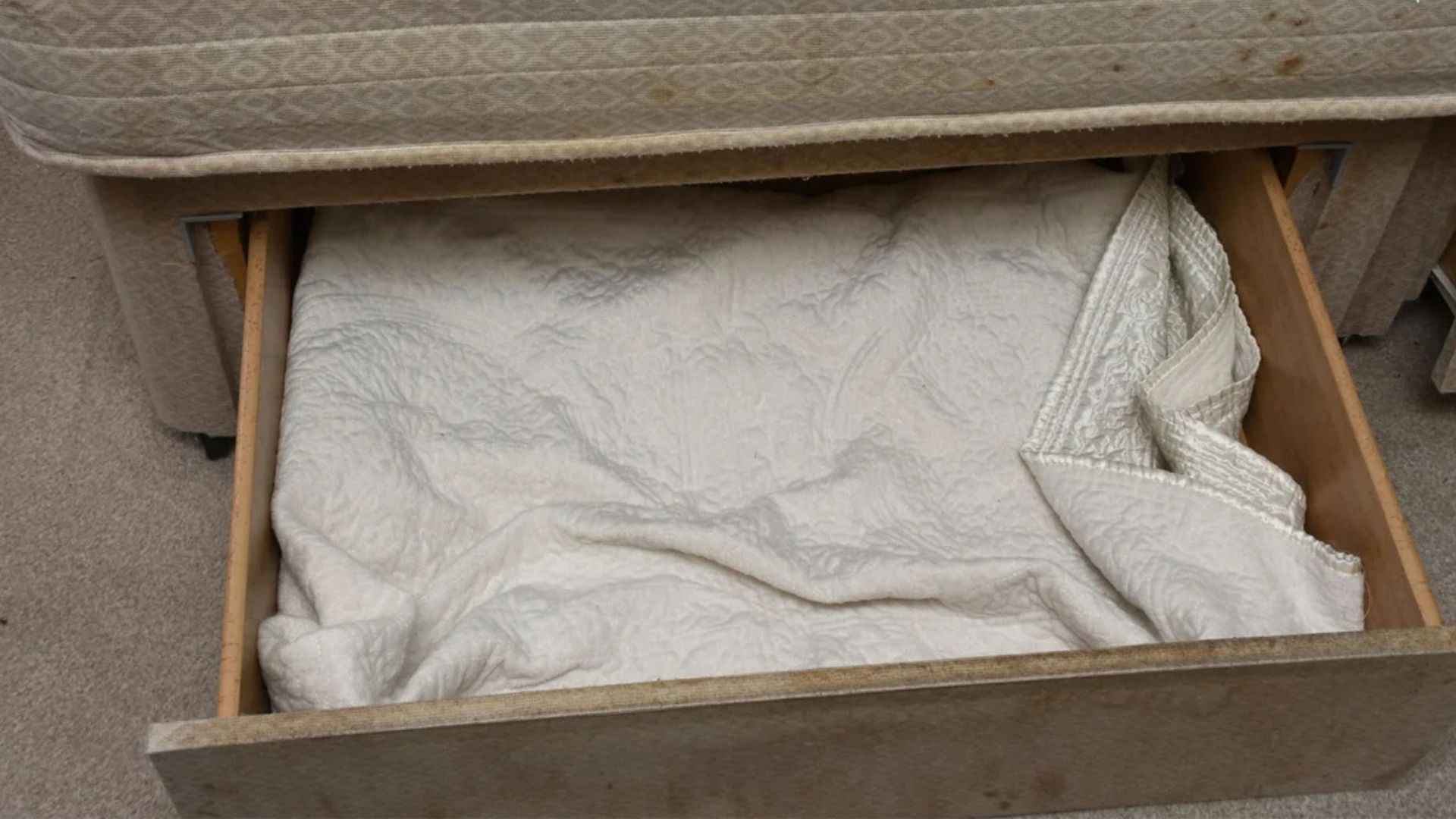
A chart pattern shows price movements already occurred for an asset or the market as a whole. You can predict future movements based on the occurrence of these patterns. When the data is plotted, a pattern emerges and repeats itself over time which signifies continuation or reversal signals.
These signals hold importance to traders. Do you also want to learn these chart patterns? Well, without any delay, let’s get started!
Besides the chart patterns that will help you know more about intraday trading, you can also use the TradingView chart live to get a hand on the ongoing trend. Let’s dive in to learn about all the chart patterns:
The head and shoulders chart pattern depicts two negligibly minor peaks. The traders look at these chart patterns to gauge an idea of a bullish-to-bearish reversal.
Often the first and third peaks are smaller than the second peak, but they relapse to the same degree of support, or the “neckline,” as an outcome.
One of the most common chart patterns used by traders to highlight trend reversals is the Double Top pattern. It is a bearish technical reversal pattern that indicates an asset reaches highs (twice) with a moderate decline between them.
A double-bottom chart pattern denotes a period of selling that pushes the price of an asset under a level of support. It will then rise to a point of resistance before falling again. Finally, the trend will reverse and begin going upward as the market becomes more optimistic.
A double bottom is a bullish reversal pattern that implies the end of a downtrend and the onset of an uptrend.
Resembling a cup that is shaped like a “U” and a handle that is slightly drifting downward, a cup and handle is a bullish reversal chart pattern.
The handle and cup look like a wedge design and a rounding bottom chart pattern.
Low trade volume follows at the right side of the pattern, which may last seven weeks or 65 weeks.
Rounding Bottom is used in technical analysis that Graphically forms the U shape and signifies a reversal in long-term price movements.
However, this pattern forms at the end of extended downward trends and can take a lot of time, like weeks to months, to form, which is why it is perceived as a rare occurrence by many traders.
Symmetrical Triangles is a chart pattern represented by two converging trend lines. These lines connect the series of sequential troughs and peaks and take place in the trend’s direction.
You can also check the TradingView live chart to understand this chart pattern better.
This triangle is viewed as a bullish continuation pattern because it develops during an uptrend.
Although it is most frequently regarded as a continuation chart pattern, it can occasionally be generated as a reversal pattern near the end of a downward trend.
When they appear on charts, ascending triangles are always viewed as bullish patterns.
Like the ascending triangle, the descending triangle is a continuation chart pattern. The fact that it is a bearish continuation pattern and is formed during a downtrend is its only distinction.
A wedge is a kind of triangle which might indicate a breakout or continuation.
Extreme lows and highs form a bullish wedge, whereas minimal highs and lows develop a bearish wedge. The top and bottom lines are not as steep as the support and resistance lines.
Another typical continuation pattern is the flag. Bullish or bearish flags are possible.
A bull flag begins with a sharp ascent. The purchasers back off, and the price drops. The initial trend is expected to restart shortly because traders regard this as a momentum pause. A bear flag indicates just the opposite.
Being a trader or investor, all these chart patterns will help you comprehend the market movements. To understand more about the ongoing intraday trading trends, use the TradingView live chart feature on Dhan and amplify profits while trading.














